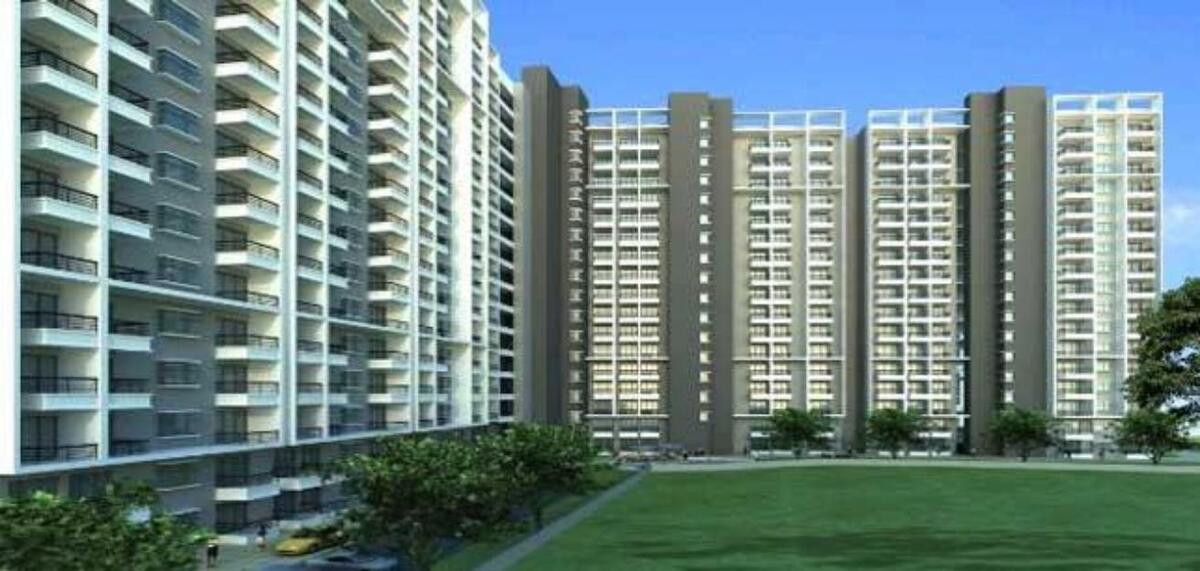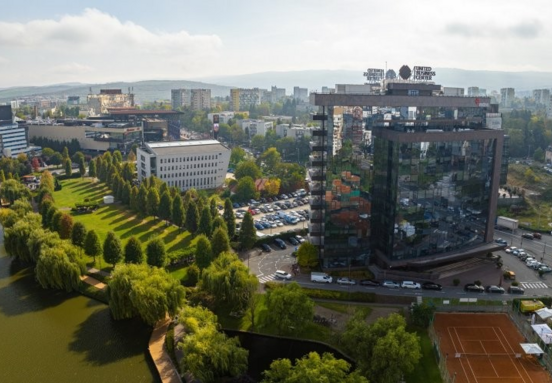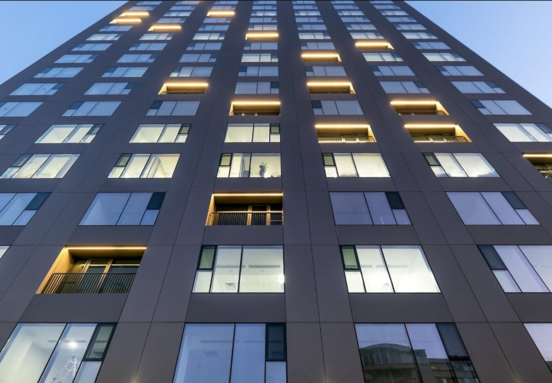In Popesti-Leordeni last year there were as many homes as in Bucharest were built (3,200 versus 3,300), deliveries in Selimbar exceeded those of Sibiu, while residential activity in Miroslava (Iasi) was stronger than that of Iasi. Also, municipalities Floresti and Giroc, near Cluj-Napoca and Timisoara, grew stronger, becoming important satellites of the two major cities.
The lower prices of land and the desire of many people in cities to move from residential complexes to houses are the main reasons for which the residential market in these small towns is very active. Another important factor is represented by infrastructure that allows easy access to nearby cities.
While in Bucharest and Timisoara dwellings completed last year represent only 0.4 percent of the housing stock, in Selimbar (23.7 percent) and in Popesti Leordeni (20 percent) the share was the highest among localities in the top.
The residential sector has started on a growing path last year due to stabilizing prices and improving economic situation, but this trend is manifested mainly in large cities like Bucharest, Cluj, Timisoara, Iasi and areas near them, while a quarter of the country has almost no new housing market.
Thus, in 12 of the poorest counties in Romania (Tulcea, Teleorman, Caras-Severin, Covasna, Mehedinti, Harghita, Salaj, Hunedoara, Calarasi, Gorj, Olt and Vaslui) only 3,417 new dwellings were completed last year, compared with 3,269 housing units put into use only in Popesti-Leordeni. (Source: business-review.eu)







